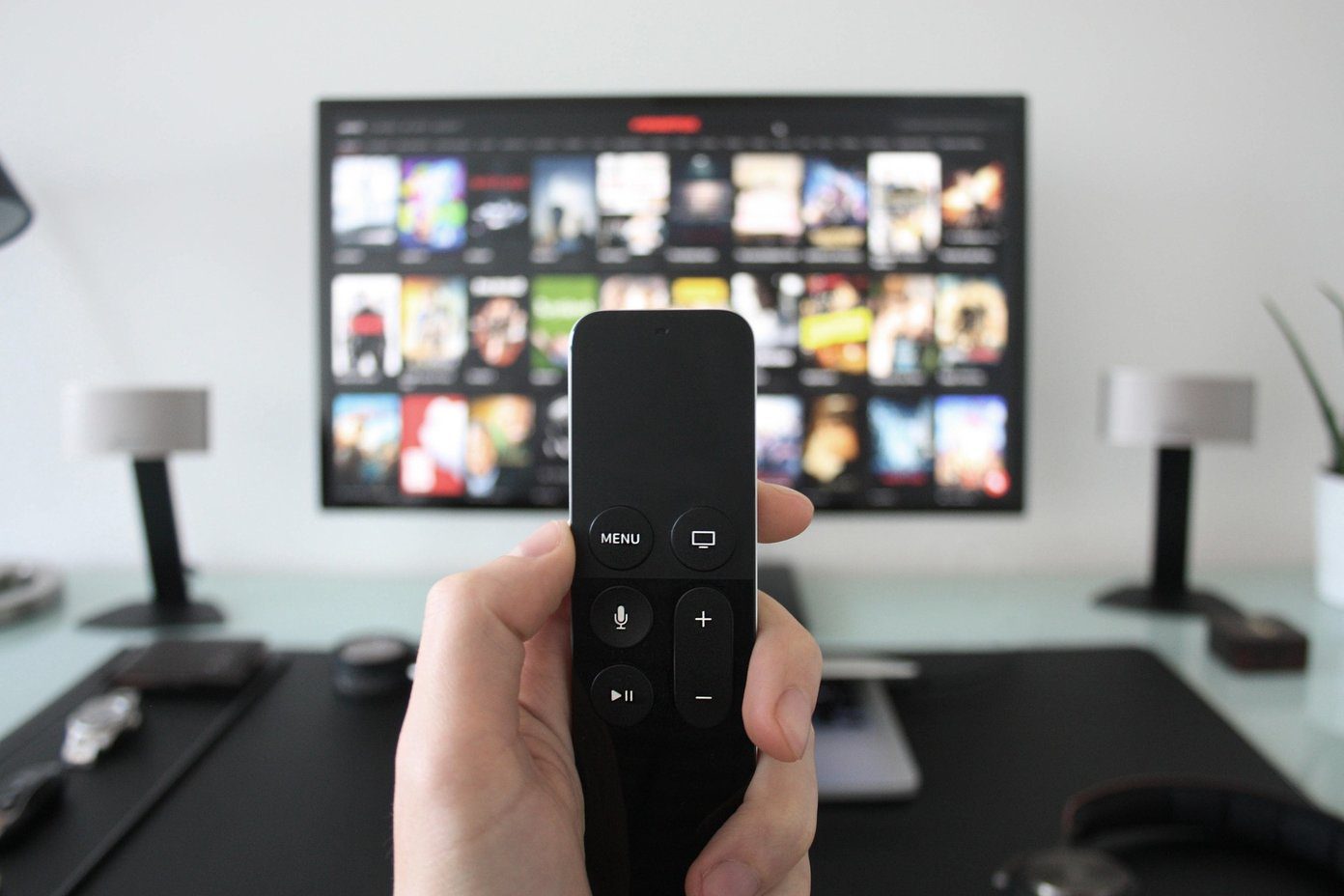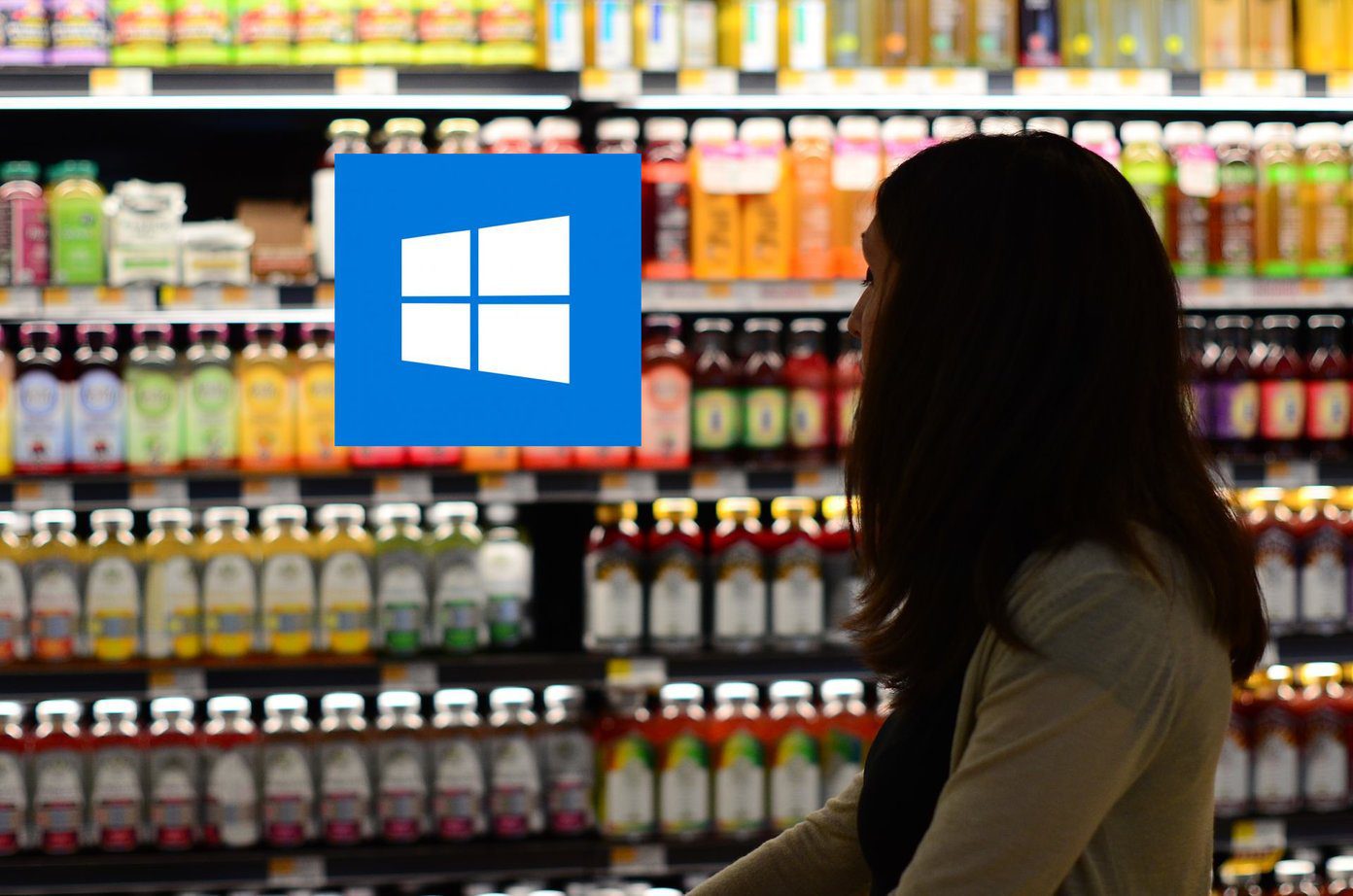Google had given up on the Nexus tablet, and in a way gave up on Chrome OS. Google’s Pixel moniker has historically been reserved for the Chromebook Pixel, a super premium laptop that runs on Chrome OS…until now. The Pixel C is a tablet that can be converted into a laptop-like machine via a cleverly implemented keyboard attachment (“C” in the name stands for convertible). Is it strange? Yes. But is it just as cool? Definitely. Which is why today we’re going to cover 5 things that the Pixel C did right and 5 ways that it faltered.
The Pros
1. Those Magnets
I think it’s safe to say that Google’s method for mating the tablet and keyboard is a winner. In practice, it works just as efficiently and effortlessly as advertised (and it feels darn cool to drop the tablet onto the kickstand and raise it up like magic). The magnetic connection is very strong. You can twist and turn the attachment all you want; they won’t separate until you want them to. And there’s no need to line up the pieces for docking, just plop them together. What’s additionally neat is that the keyboard charges wirelessly when the two pieces are together. Well played, Google.
2. The Speed
This device is FAST. It is probably the fastest that Android Marshmallow has yet run. Under the hood is Nvidia’s latest chipset, the Tegra X1. Nvidia is the top PC graphics card manufacturer, so it knows how to make systems fly. It’s no surprise that the Pixel C runs buttery smooth. Whether it’s multitasking or 3D gaming, the Pixel C just eats up anything you throw at it with ease. It makes Android Marshmallow run with an ever-so-satisfying fluidity.
3. These Keys
Many manufacturers falter when they design a keyboard accessory to compliment their tablet. Google doesn’t take the Pixel line with compromise. It must be refined, well thought-out, functional, and should feel great. I’m happy to say that this keyboard does all that. Albeit a couple of strange key shapes and omissions (due to the space limitation), I felt right at home typing on the keyboard. It feels very solid in use. Also, because it’s made of a rigid piece of metal, I can actually use the device on my lap (unlike the Surface tablets from Microsoft).
4. That Connector
Google has made it loud and clear that it is moving on to the latest and greatest USB standard, Type-C. One of the Pixel C’s selling points is that it packs the brand-spanking new port and all the neat benefits that USB Type-C brings. One of the most glaring changes with Type-C is the newly shaped connector. It’s symmetric now, so no more checking to see if you’re inserting it in the correct orientation. It is also a lot more efficient, capable of USB 3.1 speeds of 10Gpbs and power output of 5 amps and 100W (enough to power a typical laptop).
5. This Screen
Google didn’t just make the Pixel C premium on the surface. It has fantastic hardware through-and-through. The display quality is something you may not have heard of. It can get super sharp, with a resolution of 2560×1800 pixels, and can shine a stupendously bright sRGB colour gamut at your face (capable of 500 nits of brightness). In my experience with the Pixel C, 50% brightness is plenty most of the time. This also means that the display performs exceptionally outdoors.
The Cons
1. Those Bugs
While the Pixel C’s hardware can be seen as pristine, the software takes a dubious turn at times. On my unit, the software flew through whatever I asked from it out of the box. But a few days later, I noticed that it had become jittery. The issue wouldn’t go away, leaving me to factory reset so that it would go back to functioning normally. And I wasn’t the only one who faced bugs. Ars Technica reported in its Pixel C review Looks like Google still has some hardware/software integration to iron out.
2. The Storage
It’s no doubt that Google’s strategy with the Pixel C was to bring productivity use to Android. However, one way that it missed that mark was in regard to storage. Productivity typically involves using lots of data. You can only get the Pixel C with 32GB or 64GB of internal storage, and there’s no SD card slot for expanding your storage bank. So if you’re planning to pick up the Pixel C and use it as your primary computer, make sure you’re okay with working off of cloud services.
3. These Limitations
Although the Pixel C can look like a tablet/laptop hybrid machine, it doesn’t quite have the capabilities to keep up with the competitors in this arena. For instance, we can compare it to the Surface 3. At the same price-point, the Surface 3 has stylus support, an SD-card reader, a full-sized USB 3.0 port, and even a Mini DisplayPort. The only I/O that the Pixel C has is a USB Type-C port. Additionally, you’re stuck using only the touchscreen for navigation. Even if you spring for Google’s keyboard attachment, it has no touchpad.
4. That Price
Google created the “Pixel” brand for folks who are willing to spend for premium quality. While the Pixel C won’t impact the wallet as much as its Chromebook brother, it’s still pretty costly for an Android tablet. The base 32GB model (tablet only) would set you back, and $100 more for merely doubling the storage to 64GB. And that crucial keyboard accessory costs a pretty penny as well, at a staggering $150. I’m just not sure if a good chunk of the market will go for this. In core, the Pixel C is still an Android tablet. You have to really like Google’s hardware to ignore other cheaper alternatives. And who else agrees that the keyboard should be included with the tablet?
5. This Software
Android is not built with productivity in mind. While Google addressed the usefulness of an Android tablet with a robust keyboard, it didn’t round out the idea. The software should have been supplemented with tools to make heavier usage more competent, or else we’re just really looking at last year’s tablet with a fancy keyboard attachment. There is no multi-window support to run two apps at the same time (something third-party user interfaces have had for a while) or stylus (which several competitors offer). Many apps are not optimized for tablet support, therefore, content in apps just stretches over the large screen area. Even worse, some apps do not switch to landscape mode. And for some reason, there is no tap-to-wake (which the Nexus 9 had).
Would You Buy the Pixel C?
There’s no doubt that Google’s tablet solution is heading in the right direction, but many may question if it’s there yet. Also, there’s a wide range of competitors at this price-point that often offer more. But if you play more than you do work and value superior hardware, then the Pixel C may be your cup of tea. We hope that Google builds on the Pixel C’s criticism and makes the next iteration more compelling. The above article may contain affiliate links which help support Guiding Tech. However, it does not affect our editorial integrity. The content remains unbiased and authentic.
![]()
![]()

![]()
![]()
![]()
![]()
![]()
![]()
![]()







